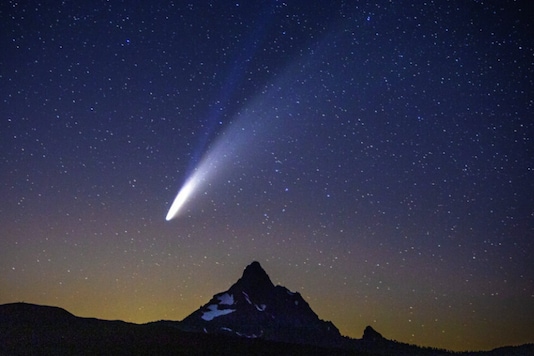Celestial events have always fascinated humans.
Now, sky-gazers are waiting for Comet NEOWISE, which will appear in the Indian sky this week.
NEOWISE has been named after NASA's Near-Earth Object Wide-field Infrared Survey Explorer, the space telescope that first observed the comet in March.
According to Hindustan Times, the comet will be best viewed with naked eyes around sunset on July 22 and July 23.
"If you're in the Northern Hemisphere, you can see it. As the next couple of days progress, it will get higher in the evening sky, so you're going to want to look northwest right under the Big Dipper," reported space.com quoting Joe Masiero, deputy principal investigator of NEOWISE telescope.
How to spot Comet NEOWISE
Those who want to view the comet need to wait until 45 minutes after sunset when the first stars start appearing.
If people are watching it with naked eyes, it will look like a fuzzy star with a bit of a tail. But, if they use binoculars or a small telescope, they will get a much clearer view.
NEOWISE telescope spotted the comet near Sun on July 3. When it came closer to Sun, its outer layers got scorched, erupting dust, gas and debris from its icy mass. But, Comet NEOWISE has still retained most of its fiery mass.
The comet is expected to disappear by mid-August.











